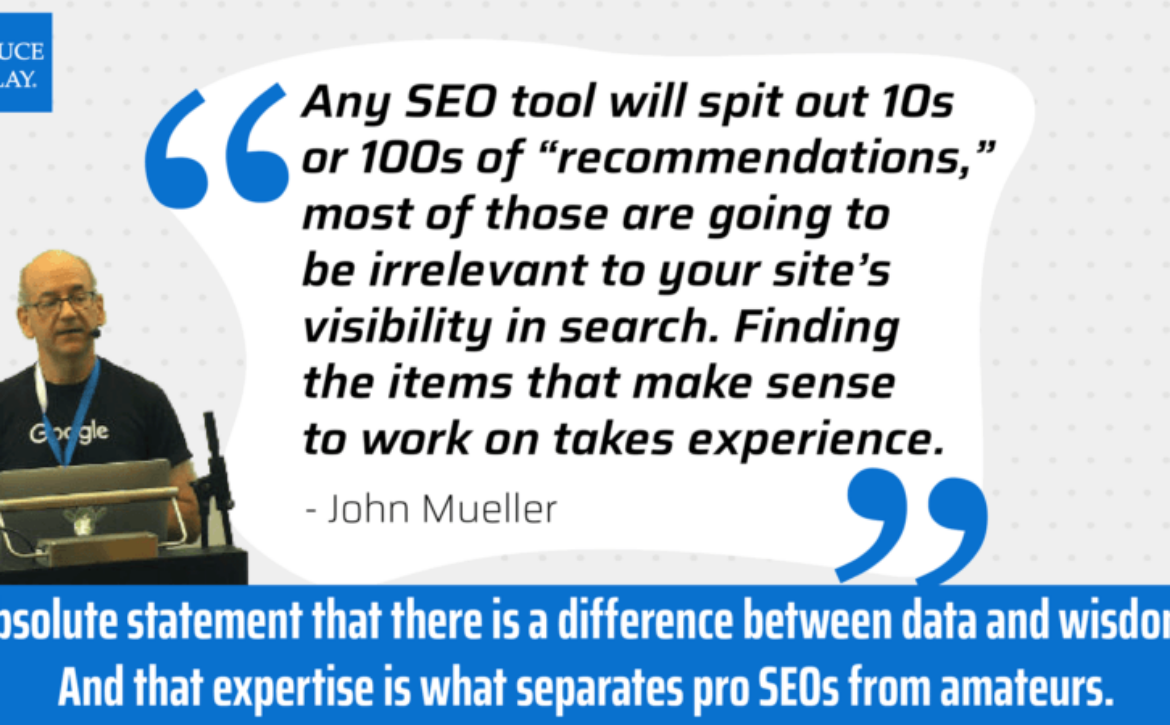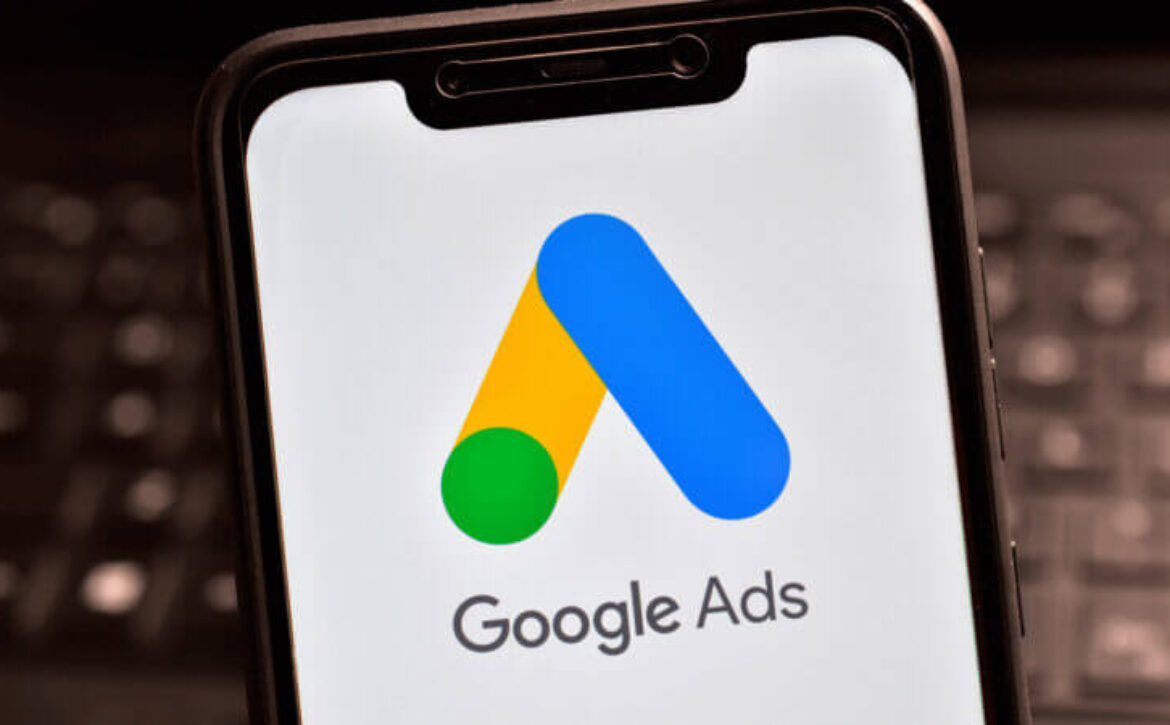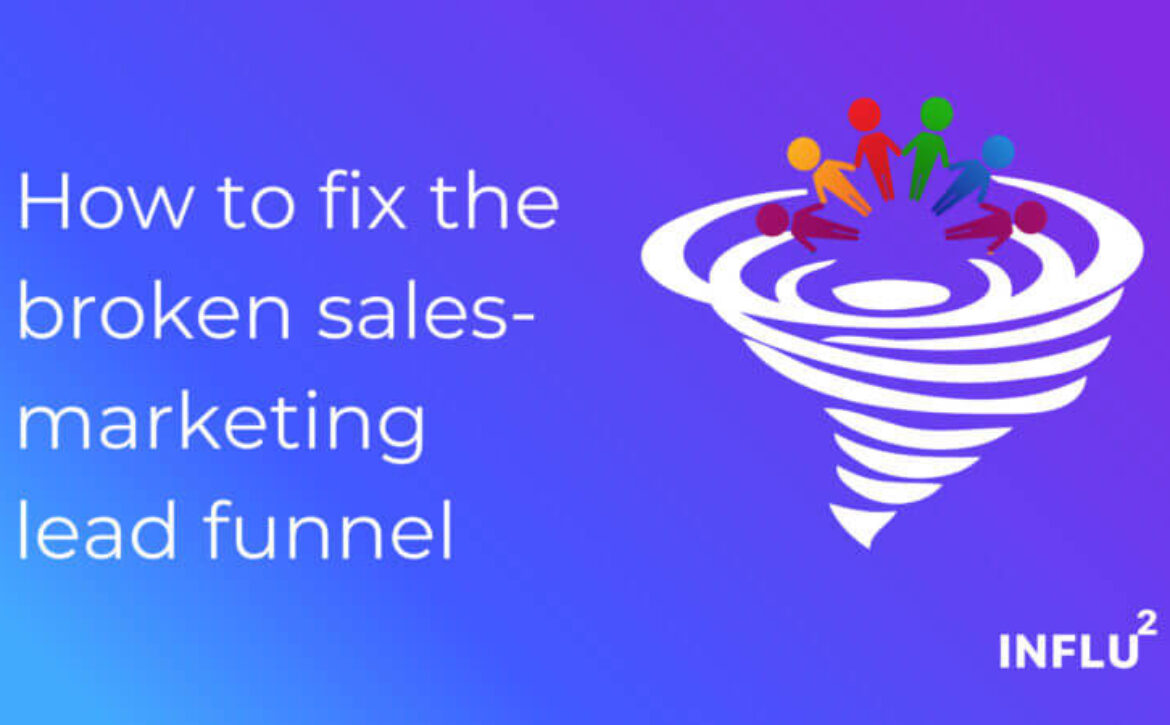Optimizing Core Web Vitals: Why real-user monitoring is key
Core Web Vitals (CWVs) have already impacted search rankings for mobile, and with the desktop rollout now underway, they’re set to gain even greater importance for publishers. Due to complete by late March, we’ll see the familiar trio of CWV pillars incorporated as active measures for determining desktop search success – namely, first input delay (FID), largest contentful paint (LCP), and cumulative layout shift (CLS).
Why Core Web Vitals can no longer be ignored
According to a recent analysis of Chrome’s User Experience Report, Similar Web and global traffic data, only 31% of websites globally are compliant with all three CWV measures on mobile – just five percentage points higher than when CWVs became official KPIs for site evaluation last summer. But compliance with these user-centric metrics has never been more crucial – with those publishers that boost their search status able to drive higher visibility, traffic and revenue, as well as improved user experience. In fact, Google’s own research highlights major gains on mobile of up to 10% ad revenue uplift and 23% higher session duration.
And while site owners might assume they’ll have an easier time with desktop – with its superior connections and faster processing – that’s not necessarily the case. Figures from the Chrome User Experience Report show that, of the top 1000 media sites globally, only 59% meet the requirements for CLS on desktop. That’s even lower than compliance on mobile, at 67%, and leaves publishers at risk of accidental clicks from readers – potentially leading to penalties from Google and a significant hit to revenues.
The risk of sudden changes
Even those with good scores can’t afford to be complacent: often, seemingly minor changes to a site, such as adding a new script or vendor, could cause a sudden drop in scores that isn’t immediately obvious.
For example, one of Clickio’s publisher partners saw a significant fall in their CLS score last July, shortly after making some changes to the setup of their Progressive Web App (PWA).
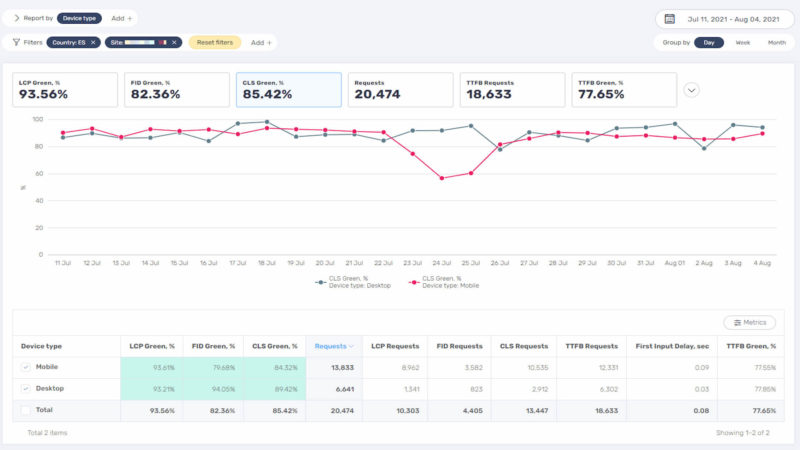
While there were seemingly no problems with the site’s performance or layout, Clickio’s Web Vitals Monitoring service showed that CLS on mobile had dropped from around 90% to under 60% in just a couple of days. However, by spotting the issue quickly, the publisher could test several solutions and fix the issues fast – before they showed up in Google’s Search Console or impacted the site’s search ranking.
In another case, a publisher working with Clickio had never paid much attention to Core Web Vitals and had not experienced any real issues. This was until last August when they suddenly saw a 16% deduction from their Google AdSense earnings due to invalid traffic.

With this increasing to a 26% deduction in September, the website owner was keen to get to the bottom of the problem and began to look into their Web Vitals scores with our real-user monitoring tool. This showed a CLS score under 60%, but after implementing a few quick CSS changes, the site was soon fully compliant again, with all three metrics above 90% and deductions from Google back to almost zero in November.

Four reasons publishers should set up real-user monitoring
With the desktop rollout bringing new challenges and Core Web Vitals metrics also expected to evolve over time, the only way for publishers to remain agile in the face of change is to set up real-user monitoring.
Specifically, real-user monitoring is vital for the following reasons:
1. Google says so – Despite the tech giant announcing its own Search Console report for desktop URLs, it has openly stated that this analysis doesn’t go deep enough:
“The data provided by Chrome User Experience Report offers a quick way to assess the performance of sites, but it does not provide the detailed, per-page view telemetry that is often necessary to accurately diagnose, monitor, and quickly react to regressions. As a result, we strongly recommend that sites set up their own real-user monitoring.”
Effectively, Google acknowledges site owners’ need for more granular data about how users are experiencing pages.
2. Track real user experience – In other words, publishers need field data. Distinct from lab data, which is gathered in controlled environments with unchanging device and network settings, field data gathers insight into what is happening in the real world, including the impact of varying factors such as differing location, device type, and network quality. With Google utilizing field data for its page experience rankings, publishers must prioritize this resource when learning how users experience their website.
3. Access real-time data – While Google’s tools are generally based on historical data, meaning site owners have to wait weeks for updates, real-user monitoring platforms are based on real-time, real-user data. This means publishers can see how their site performs in-flight and immediately take action. Some services, such as Clickio Web Vitals Monitoring, also allow site owners to set up email alerts – so they’re notified straight away if their vitals drop.
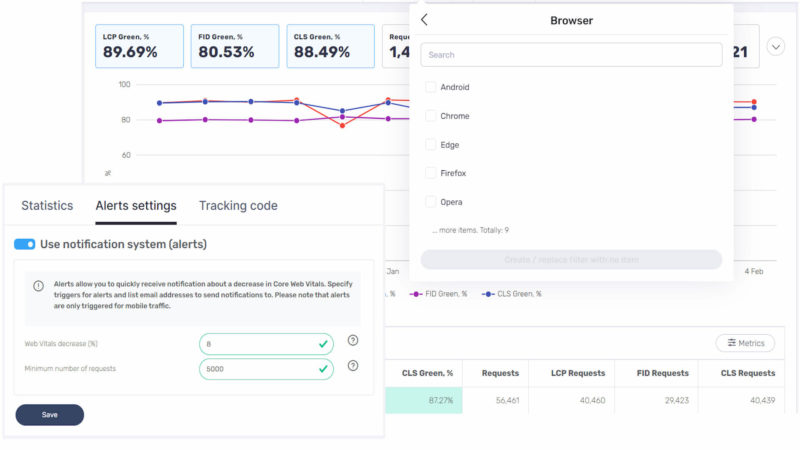
4. Identify specific problems – This ability to see, at a glance, whether a site is compliant with each of the three CWVs, means publishers can quickly spot when their site isn’t up to scratch. By drilling down by page, device, browser, and other dimensions, publishers can pinpoint exactly what needs fixing.
Time to act
The desktop rollout of CWVs is the latest wake-up call for publishers to enhance their site performance. With many already struggling on mobile, site owners now face the possibility of low scores across both environments if they don’t keep a close eye on compliance levels. By using real-user monitoring platforms, publishers can equip themselves with the information required to take stock of their site, understand the user journey, and take swift action to safeguard their search ranking – along with traffic and revenue.
Why not try Clickio’s Web Vitals Monitoring for free? Click here to sign up now, or contact us if you’d like to find out more.
The post Optimizing Core Web Vitals: Why real-user monitoring is key appeared first on Search Engine Land.



